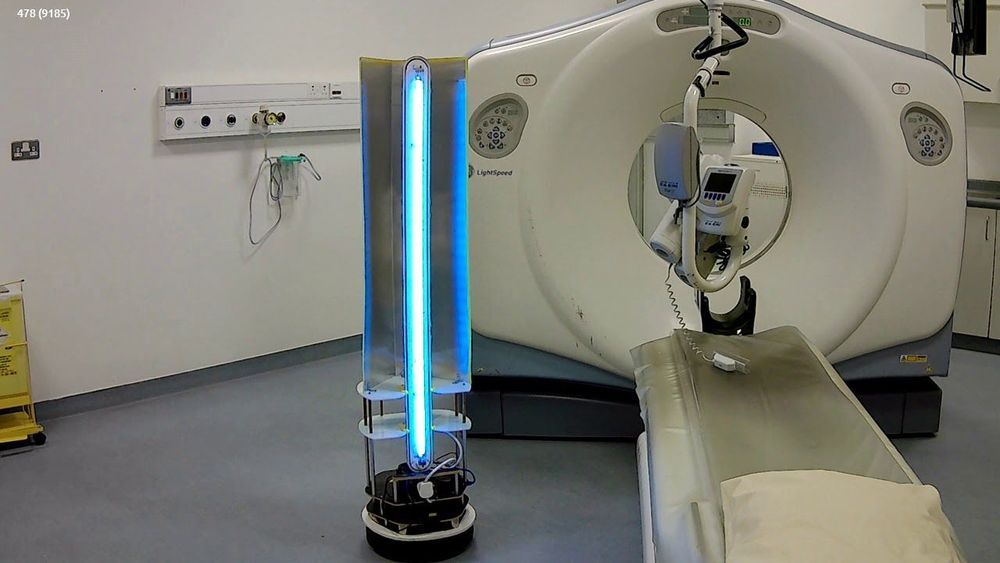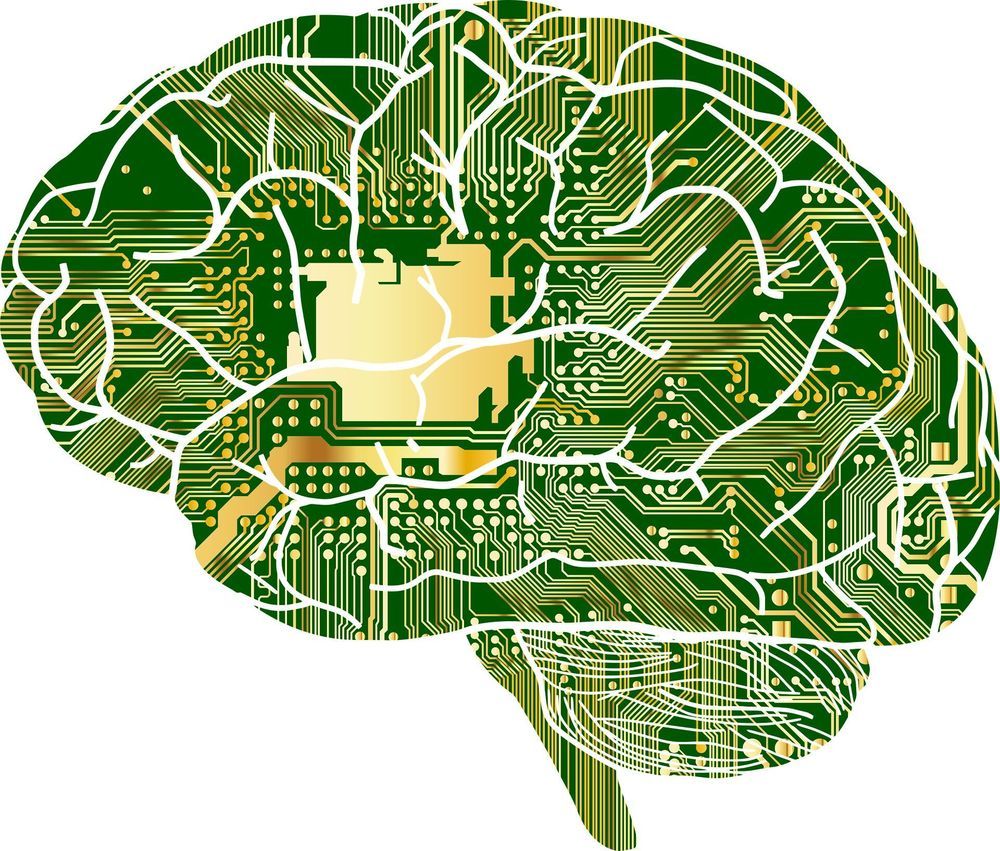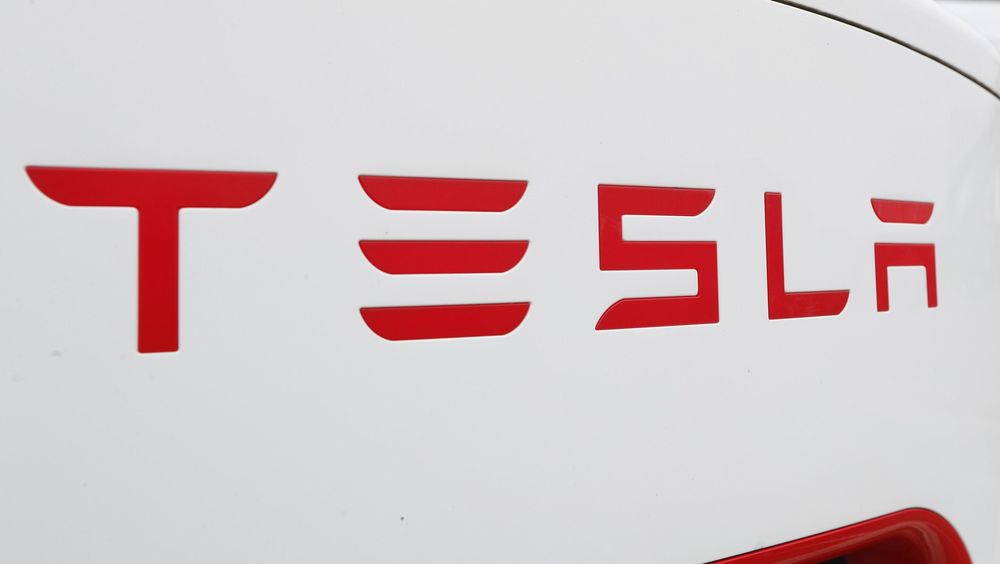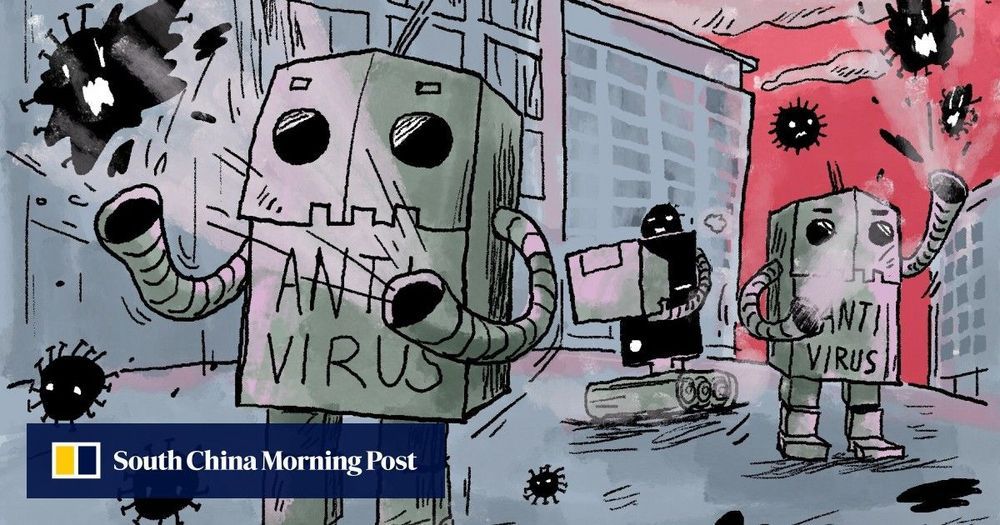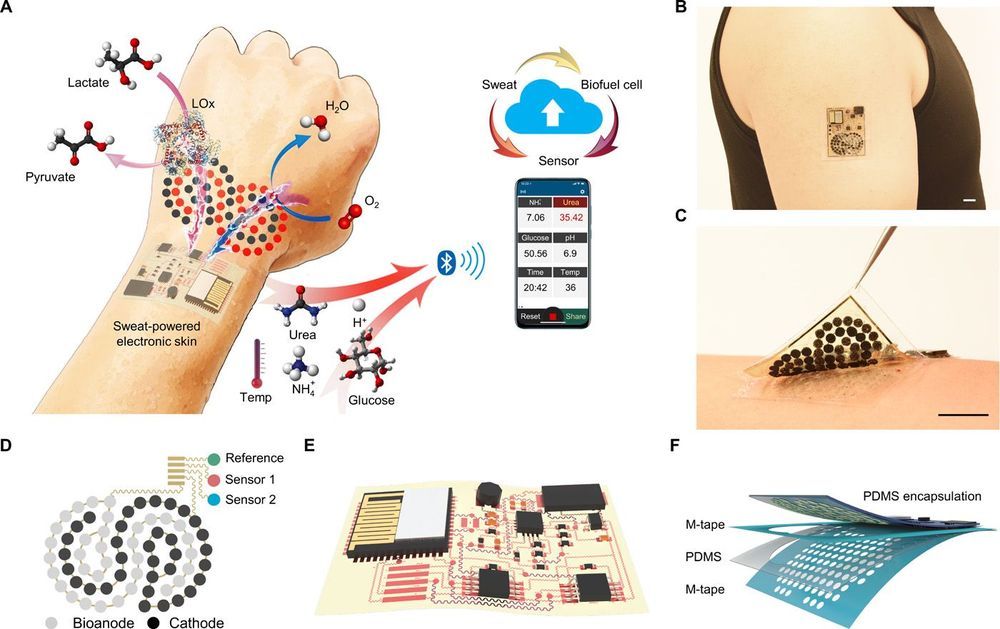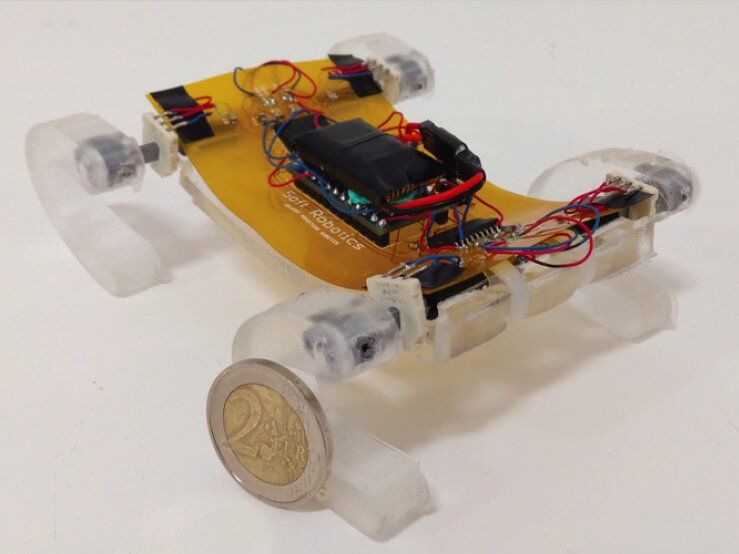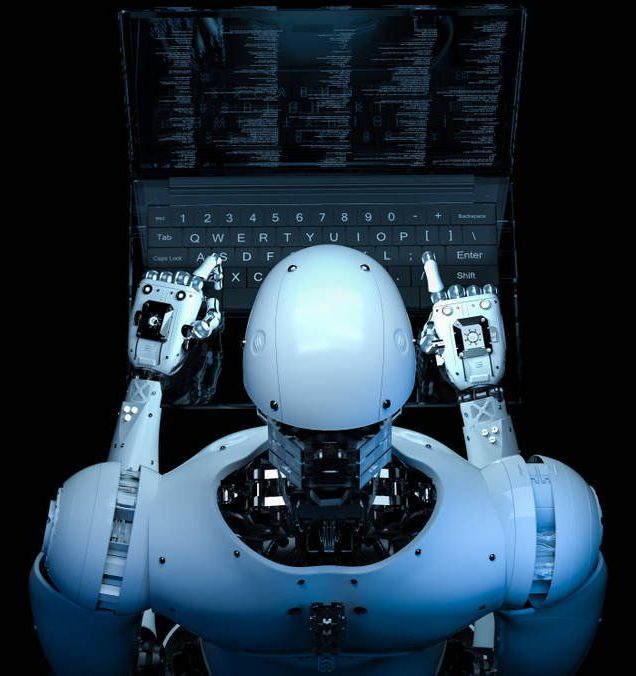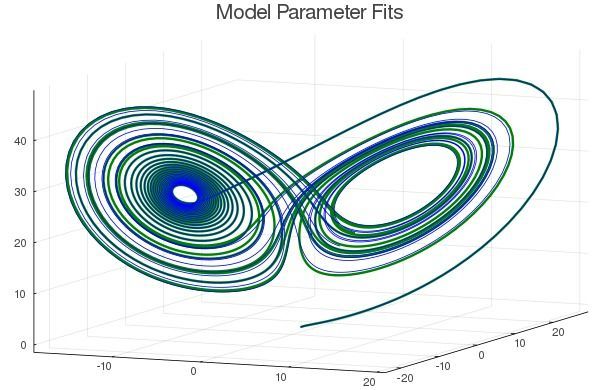Built in about 24 hours, this robot is undergoing in-hospital testing for coronavirus disinfection.
UV disinfection is one of the few areas where autonomous robots can be immediately and uniquely helpful during the COVID pandemic. Unfortunately, there aren’t enough of these robots to fulfill demand right now, and although companies are working hard to build them, it takes a substantial amount of time to develop the hardware, software, operational knowledge, and integration experience required to make a robotic disinfection system work in a hospital.
Conor McGinn, an assistant professor of mechanical engineering at Trinity College in Dublin and co-leader of the Robotics and Innovation Lab (RAIL), has pulled together a small team of hardware and software engineers who’ve managed to get a UV disinfection robot into hospital testing within a matter of just a few weeks. They made it happen in such a short amount of time by building on previous research, collaborating with hospitals directly, and leveraging a development platform: the TurtleBot 2.
Over the last few years, RAIL has been researching mobile social robots for elder care applications, and during their pilot testing, they came to understand how big of a problem infection can be in environments like nursing homes. This was well before COVID-19, but it was (and still is) one of the leading causes of hospitalization for nursing home residents. Most places just wipe down surfaces with disinfectant sometimes, but these facilities have many surfaces (like fabrics) that aren’t as easy to clean, and with people coming in and out all the time, anyone with a compromised immune system is always at risk.
